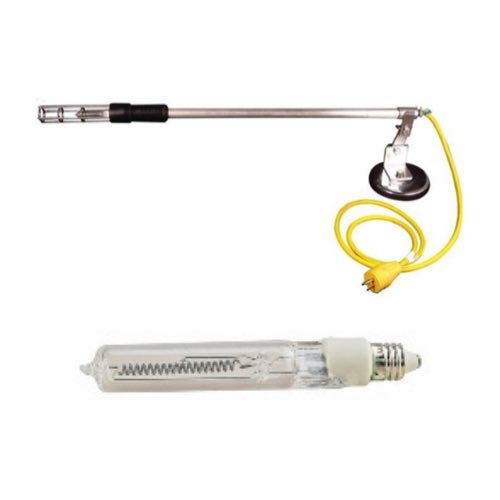Specialty Lighting

Ericson inspection lights are specialized lighting tools designed to support professionals in various industries during inspection tasks that require precision and clarity. Known for their durability and high-quality illumination, these lights cater to the needs of environments where detailed examination and accuracy are paramount, such as in manufacturing, automotive, aviation, and construction sectors. Ericson's commitment to innovation is evident in the ergonomic design and advanced lighting technology used in their inspection lights, ensuring that users have access to portable, efficient, and reliable sources of light.
One of the key features of Ericson inspection lights is their adaptability to different working conditions. These lights often come equipped with robust casings that are resistant to impact, water, and dust, making them suitable for use in harsh or hazardous environments. The use of LED technology in many of Ericson's inspection lights offers the benefits of energy efficiency, a longer lifespan, and the provision of bright, clear light that accurately renders colors, crucial for detailed inspection tasks.
Why Do We Use AC or DC Power?
The fundamental distinction between AC (Alternating Current) and DC (Direct Current) power lies in the direction in which electrons travel. In the realm of electricity, the movement of charged particles, particularly electrons, constitutes electrical current. DC power is characterized by electrons moving steadily in a single direction, resulting in a constant flow. This steady flow is visually represented as a straight horizontal line on a graph, indicating uniform motion from one side to the other. Conversely, AC power features a dynamic current that varies over time, allowing electrons to oscillate between moving forward and backward. This oscillation is depicted on a graph as a sine wave, demonstrating the current's periodic shift from positive to negative direction and back, which is why it's referred to as Alternating Current.
Frequently observed in various applications, both AC and DC power are employed together. Take, for instance, an industrial control cabinet where AC power is typically provided to energize certain components inside the cabinet. These components are chosen because they are unaffected by the alternating nature of AC power. Subsequently, for more sophisticated devices within the panel that incorporate microchips or processors and necessitate DC power to operate effectively, the AC power is converted to DC power.

